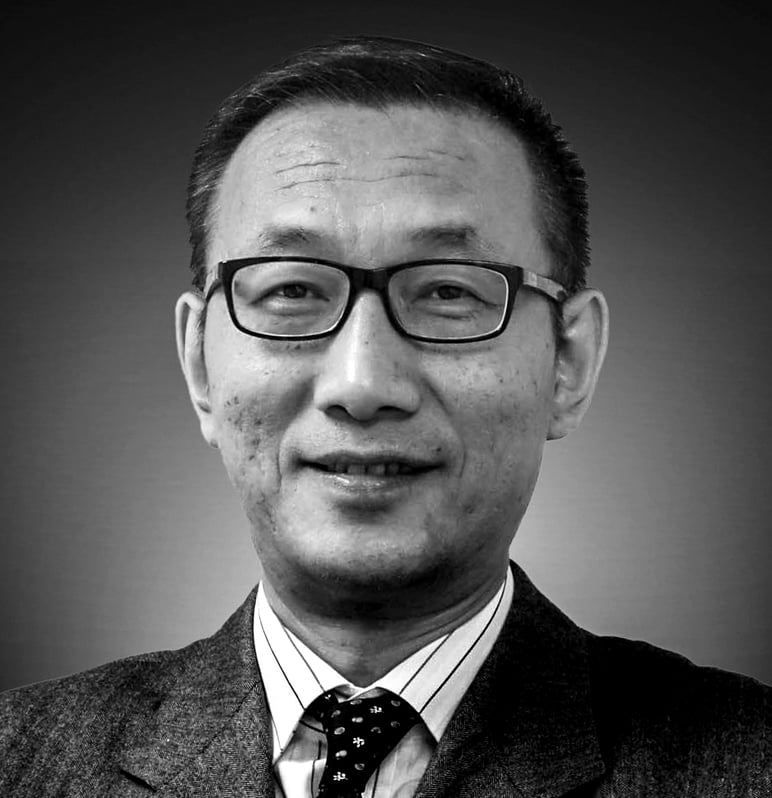
Why ‘snow in April’ catkins are so annoying to Beijingers
Spring is a time for fresh air, but not in a city of 20 million long-suffering smog survivors who are now also being attacked by allergy-inducing white stuff that floats from trees – planted trees that were supposed to make breathing a little easier
Spring has come and flowers are in full bloom, beckoning people to venture out and enjoy the sights. But people who live in Beijing and other northern parts of the country might have their moods spoilt by a nasty occurrence this time of year – white fluffy stuff floating everywhere in the urban and the rural areas, into people’s noses, mouths and homes.
Widely known as “snow in April”, the dancing white stuff is in fact catkins seeds from millions of poplar and willow trees across northern China that can be active for five to six weeks. While they may look stunning in photos, they are more than a public nuisance. They can be serious health and fire hazards.
Over the past week, the outbreak has already started in many parts of the country, including Beijing, and is expected to worsen in the coming days.

But the floating seeds are not the only bother. Spring is also the season for sandstorms, dumping bits of earth and dust all over northern China, as if to make up for the decline of toxic air pollution partly caused by coal-firing for heat generation in winter. Just last week, a sandstorm swept across a vast expanse of the country from Xinjiang (新疆) to Beijing.
To be fair, the frequency and severity of sandstorms have been on the decline thanks to China’s afforestation programme which started in the 1960s and gathered momentum from the 1980s.
Ironically, the wafting catkins have been an unwelcome by-product of that great success. When the tree-planting campaign began, the poplar and willows became the preferred choices because they were suitable for northern climates and dry soil. They grew quickly and needed low maintenance.
But forestry officials forgot to distinguish between the sexes of the trees. And the female ones produce the catkins and seeds in the form of petalless white flowers in spring blossoms.

By the 1990s this had become a problem, but the officials did not stop planting the female trees in Beijing and other cities until 2005. According to local media reports, there are about 2 million poplar and 1.2 million willow trees in Beijing alone. Although they account for less than 10 per cent of the total greenery, most of them release massive amounts of “snow” each spring.
Is Xi’s new ‘core’ status a sign of strength, or weakness?
Each summer, local media customarily run news stories about the outbreak of catkins and warn at-risk groups – children and those prone to allergies – to protect themselves by wearing masks or staying indoors with the windows shut. In some cases, catkins can lead to sore throats and eyes, rashes, and in worse cases asthma.
Firefighters also come out to warn against the hazards of the highly combustible floating seeds. In recent years, there have been reports of fatal fires caused by burning seeds.

Belatedly, the authorities have started to tackle the problem in response to the growing complaints, but they have argued replacing all those millions of poplar and willow trees would be too expensive.
Instead, they have applied stopgap measures beyond just putting a halt on planting female trees and pruning the existing ones. The most effective strategy so far is to inject shots into the female trees to reduce the outbreak of catkins, producing surreal scenes of infusion bottles hung on lines of trees in parks or streets, like patients on IV drips. But they also prove to be expensive and labour-intensive, since some trees must be injected annually.
Worst outcome for latest Korean tensions? The status quo
Beijing proudly proclaimed this month it would resolve the catkins menace by 2020, but this is most likely just more empty talk. In 2007 and 2009, the local authorities also promised to resolve the problem in two or three years’ time.
Outsiders may dismiss the catkins flare-ups as little more than petty nuisances, but for the long-suffering residents of Beijing, the annual outbreak serves as another reminder of the increasingly unbearable environment in which they live: choking pollution, traffic jams all day, public transport seriously overloaded and the list goes on.

Over the past few years, the city of Beijing has been consistently listed as China’s least livable city in an authoritative survey by the Chines Academy of Sciences. The study ranked the cities based on 29 assessment indicators in six areas, including safety, public service facilities, natural environment, cultural environment, transportation and pollution, according to the mainland reports.
This month, the Chinese government announced an ambitious project to build the Xiongan New Area in Hebei, a new special economic zone to house major state companies and other functions away from Beijing to ease the infrastructure strains on the capital city of more than 20 million people. This came after an earlier decision to relocate the Beijing municipal government from downtown to the city’s east.
Few will doubt the success of the new zone – it is personally championed by President Xi Jinping. But before that zone is up and running years from now, the Beijing should also step up efforts to make residents’ lives just a little easier by, say, seriously tackling the “snow in April”. ■
Wang Xiangwei is the former editor-in-chief of the South China Morning Post. He is now based in Beijing as editorial adviser to the newspaper.

